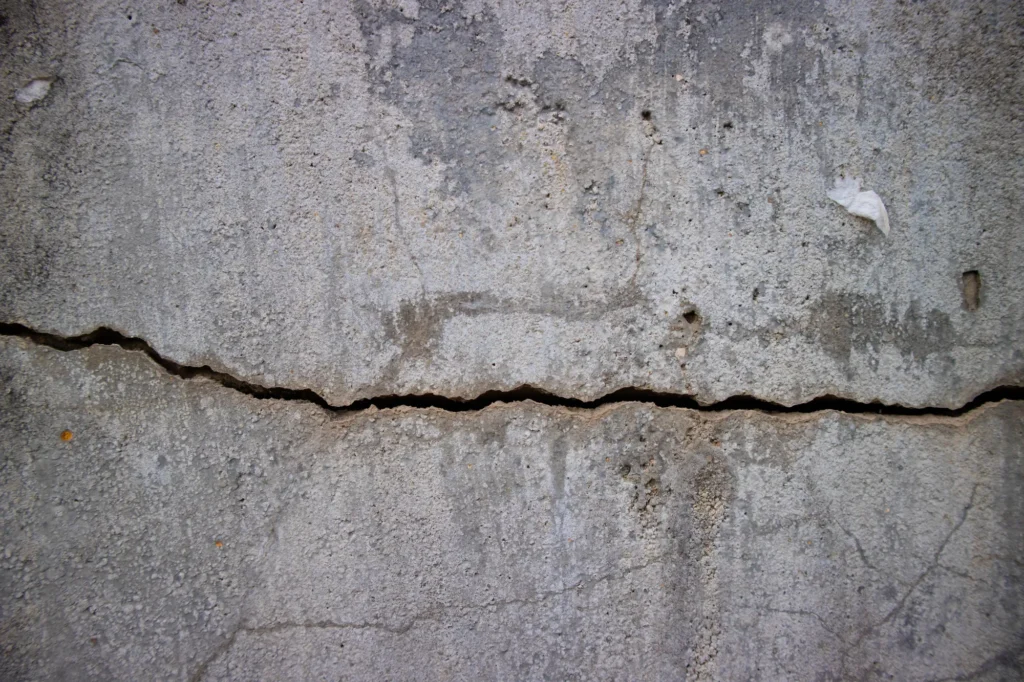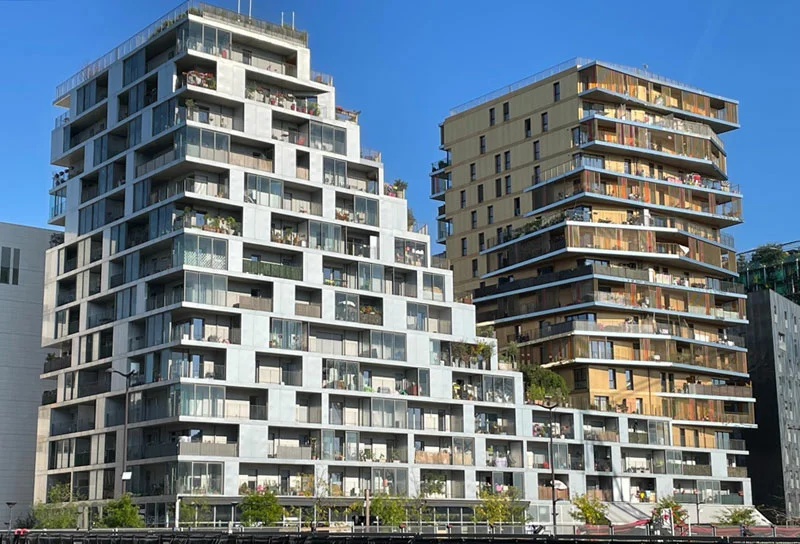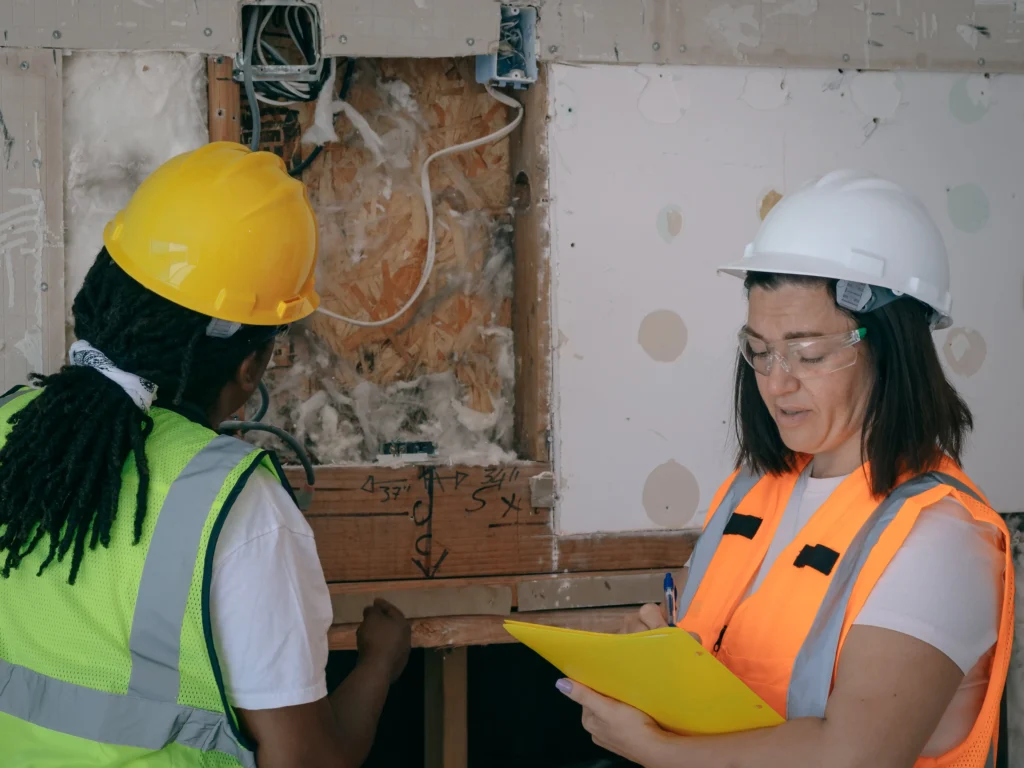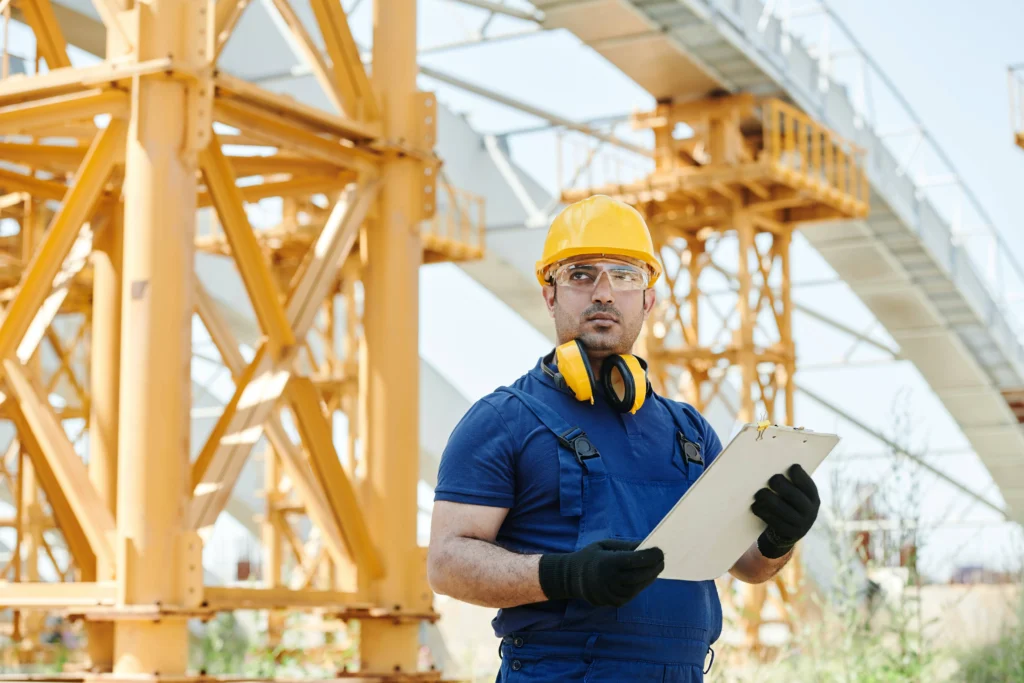Foundations - Cracks - Inspection and stabilization

Building foundations are the structural foundation of a building, ensuring its stability and strength. Their role is to efficiently transmit the building's loads to the ground, either uniformly in the case of threaded footings, or at points in the case of insulated footings. However, various factors can lead to cracks in foundations, jeopardizing the building's structural integrity.
The main reasons for cracks in foundations are often linked to soil movement, variations in water content in the soil, or excessive loads. Soil movement, such as clay shrinkage or swelling, can exert uneven pressure on foundations, causing them to heave or settle. Similarly, poor water management, with drainage problems or leaks, can also cause damage.
The methodology for repairing cracked foundations depends on the severity of the damage. In some cases, minor cracks can be treated with injections or sealing solutions. However, for larger cracks or structural damage, a more significant intervention may be required.
Stabilizing foundations in the event of settlement may involve the use of piles. These techniques are designed to reinforce the load-bearing capacity of foundations and compensate for differential soil settlement. Piles, for example, are driven into the ground until they reach a soil with a better bearing capacity, thus creating an adequate support for the foundations. In addition, the piles not only seek out more resistant soil, but also work by friction along the entire length of the pile. The spacing and type of piles to be used depend on the load drop and soil type.
To determine whether a foundation is in need of stabilization, an inspection is necessary to perform a level survey and assess the condition of the foundation, as well as façade elements such as brick cladding, which provide clues to foundation movement.
It's crucial to call in qualified professionals, such as civil engineers, to assess the damage, determine the cause of the cracks, and recommend the appropriate method of repair and stabilization. Ongoing monitoring is often necessary to ensure the effectiveness of repair work and prevent future problems.



